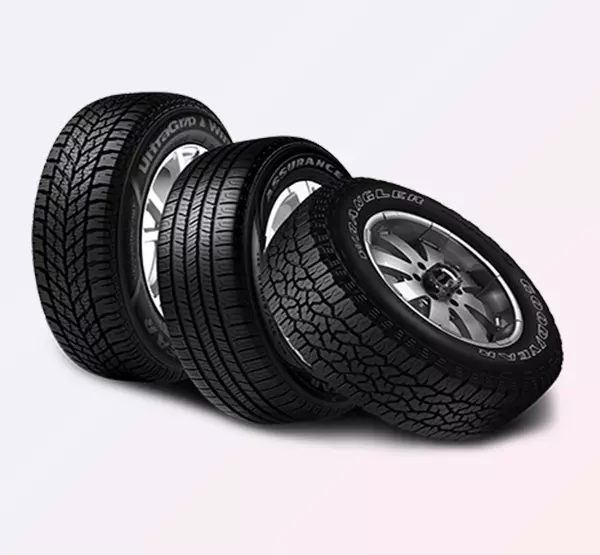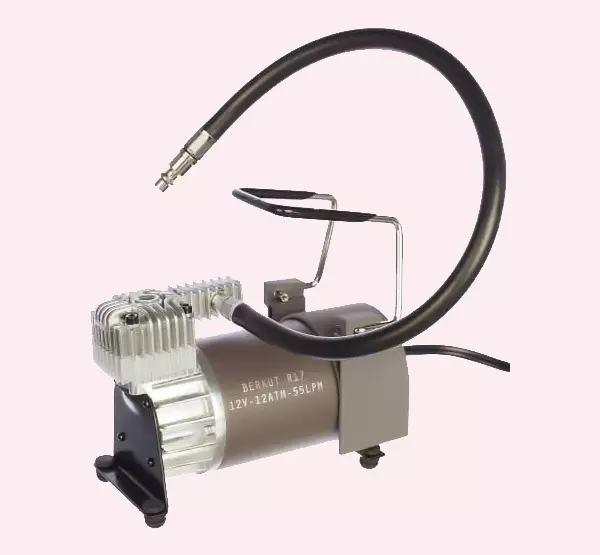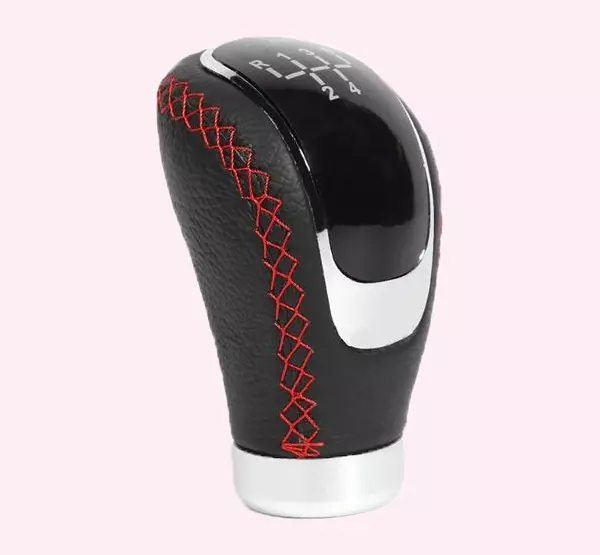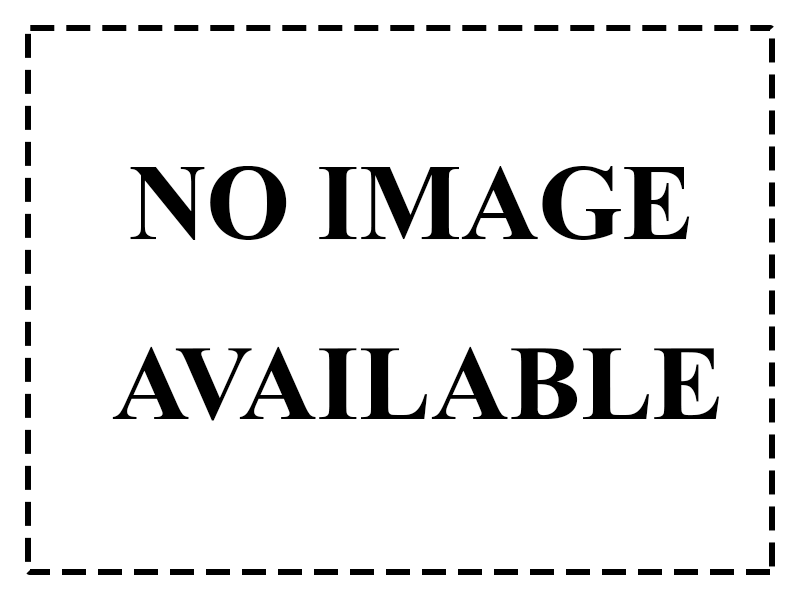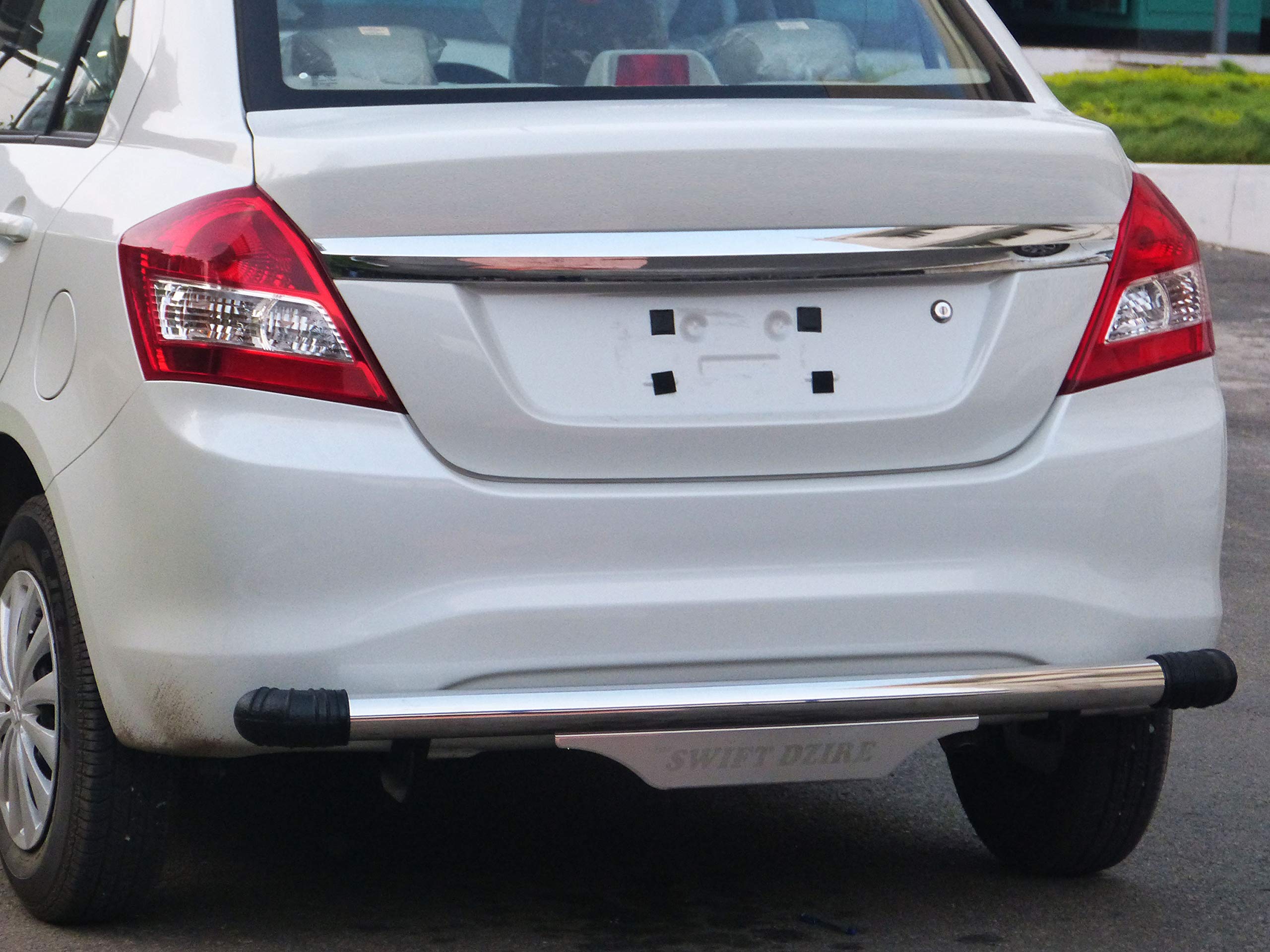OLD DZIRE BACK BUMPER
Car Steel Back Bumper Production Process A steel back bumper is commonly used in trucks, SUVs, off-road vehicles, and heavy-duty applications due to its superior strength, durability, and impact resistance. The production process involves precision engineering, metal fabrication, and protective coating to ensure long-lasting performance. ________________________________________ 1. Material Selection • Steel Types Used: o Mild Steel (MS): Strong and cost-effective, used for general applications. o High-Strength Steel (HSS): Provides better impact resistance while reducing weight. o Stainless Steel (SS): Corrosion-resistant, commonly used for premium or heavy-duty bumpers. • Raw Material Preparation: o Steel sheets or tubes are cut and processed before shaping. o Some bumpers include reinforcement bars for extra strength. ________________________________________ 2. Design & Engineering • 3D CAD Modeling: Engineers design the bumper considering: o Vehicle mounting points o Crash safety standards o Aerodynamics and aesthetics • Prototype Development: o A test bumper is fabricated to ensure fitment and strength. ________________________________________ 3. Manufacturing Process A. Cutting & Shaping 1. CNC Laser Cutting: Steel sheets or tubes are cut into required shapes with precision. 2. Stamping or Bending: Hydraulic presses shape the steel to match the bumper’s contours. 3. Welding & Fabrication: o Multiple pieces are welded together using MIG or TIG welding. o Reinforcement brackets and mounting points are added. ________________________________________ B. Surface Treatment & Protection 1. Grinding & Smoothing: Edges are polished for a clean finish. 2. Rust Protection: The bumper undergoes sandblasting and chemical treatments to prevent corrosion. 3. Powder Coating or Painting: o Powder coating provides a durable, chip-resistant finish. o Galvanization (Zinc Coating) may be applied for extra rust resistance. o Some bumpers receive textured or chrome finishes for aesthetics. ________________________________________ 4. Quality Control & Testing • Fitment Testing: Ensures proper alignment with the vehicle frame. • Impact Testing: Simulates collisions to check structural integrity. • Corrosion Resistance Test: Bumpers undergo salt spray testing to measure rust resistance. ________________________________________ 5. Final Assembly & Packaging • Additional features like tow hooks, D-ring mounts, LED light slots, and parking sensor cutouts are added. • The bumpers are packed with protective wrapping and shipped for OEM or aftermarket installation.
+ Add to cart
